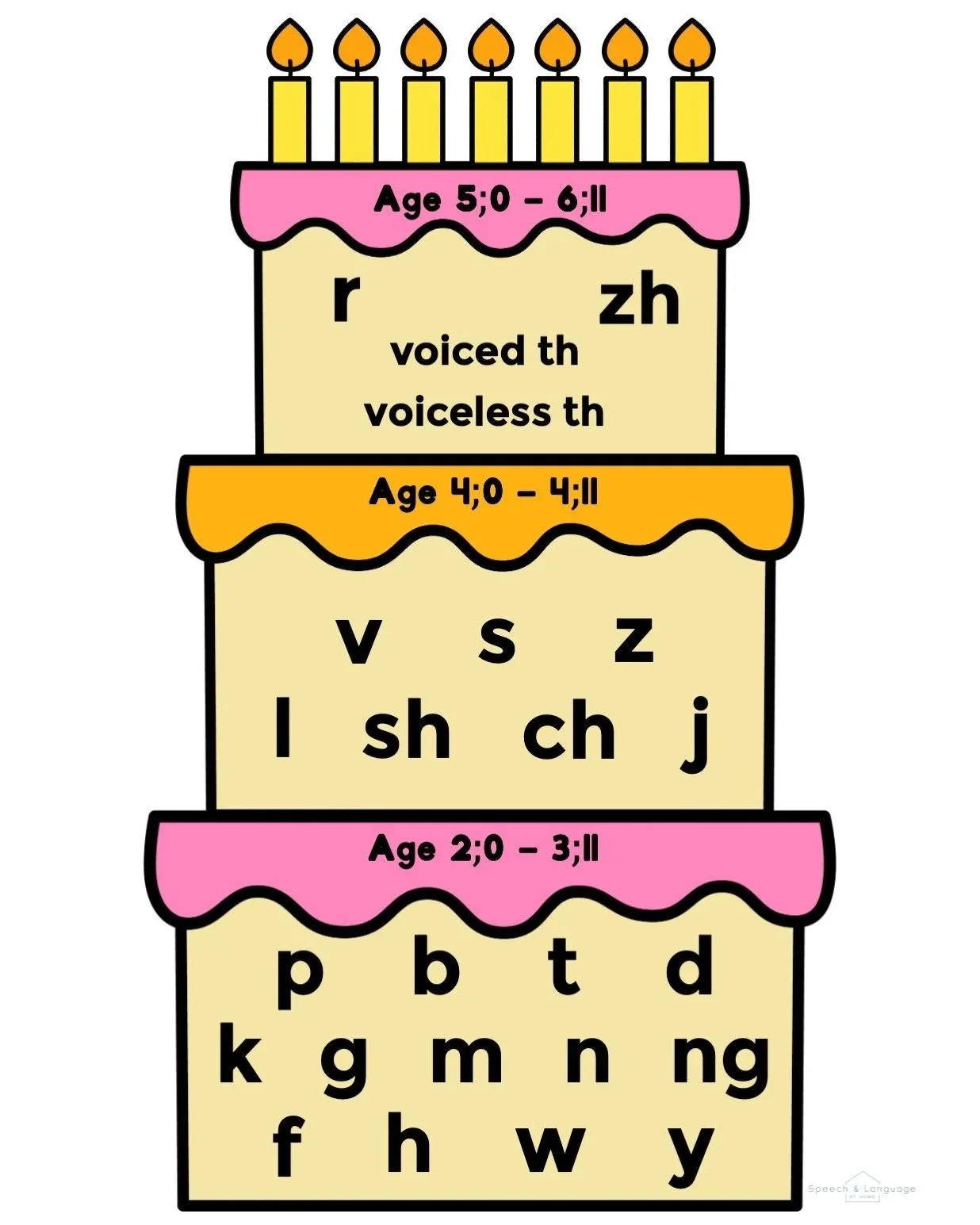Speech Sound Development: What’s Typical and When to Get Help
As children learn to talk, they gradually learn to make the speech sounds of their native language (or languages).
They do this in a predictable progression from easier to produce sounds (usually at the front of the mouth) to more complex sounds.
But what’s typical?
When should certain sounds be clear, and when is it time to seek extra support?
In this post, we’ll look at what research tells us about speech sound development (in English), what to expect by age, and when to consider talking to a speech-language pathologist.
How Do Speech Sounds Develop?
Children don’t learn all sounds at once.
They typically master easier sounds first, and more challenging sounds as they grow.
This is true for all languages.
A large study by McLeod & Crowe (2018) reviewed data from 27 languages.
They concluded that, “Children across the world acquire consonants at a young age. Five-year-old children have acquired most consonants within their ambient language; however, individual variability should be considered.”
What does that look like for English-speaking children?
In 2020, Crowe & McCleod updated the English-speaking children’s acquisition of consonants based on their review of 15 studies.
Below are the approximate mean ages at which 90% of children produced sounds in single words.
Age Sounds
2.5 - 3 p, b, m, n, h, w, d
3 - 3.5 g, k, f, t, ng, y
4 - 4.5 v, s, z, l, sh, ch, j
5.5 r
5.5 - 6 zh, th (voiced, “the”)
6.5 th (voiceless “think”)
Now, let’s think about sounds in connected speech, or speech intelligibility.
What Is Speech Intelligibility?
As children move from saying single words to longer sentences, this can impact the clarity of their speech.
Parents typically understand what their children are saying far better than a stranger.
Speech intelligibility means how much of your child’s speech can be understood by others.
By age 2: ~50% understood by unfamiliar listeners
By age 3: ~75%
By age 4: ~90% or more
When Should You Seek Help?
Consider reaching out to a speech-language pathologist if:
Your child’s speech is hard for others to understand beyond what’s typical for their age
They’re missing sounds that most children their age use
They’re frustrated by not being understood
Their speech doesn’t seem to be improving over time
Reach out to your pediatrician if you think your child might have a speech delay.
References
McLeod, S., & Crowe, K. (2018). Children’s consonant acquisition in 27 languages: A cross-linguistic review. American Journal of Speech-Language Pathology. https://doi.org/10.1044/2018_AJSLP-17-0100
Crowe, K., & McLeod, S. (2020). Children's English consonant acquisition in the United States: A review. American Journal of Speech-Language Pathology, 29(4), 2155-2169. doi:10.1044/2020_AJSLP-19-00168.

